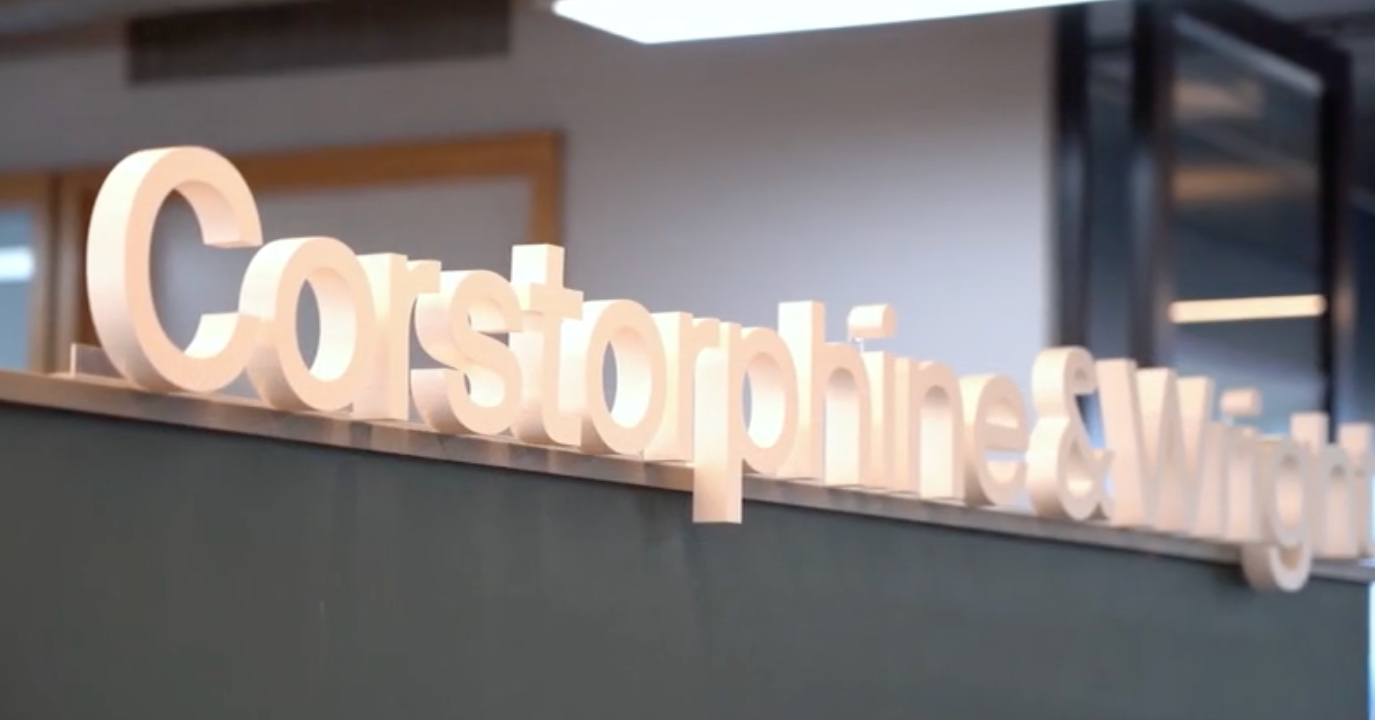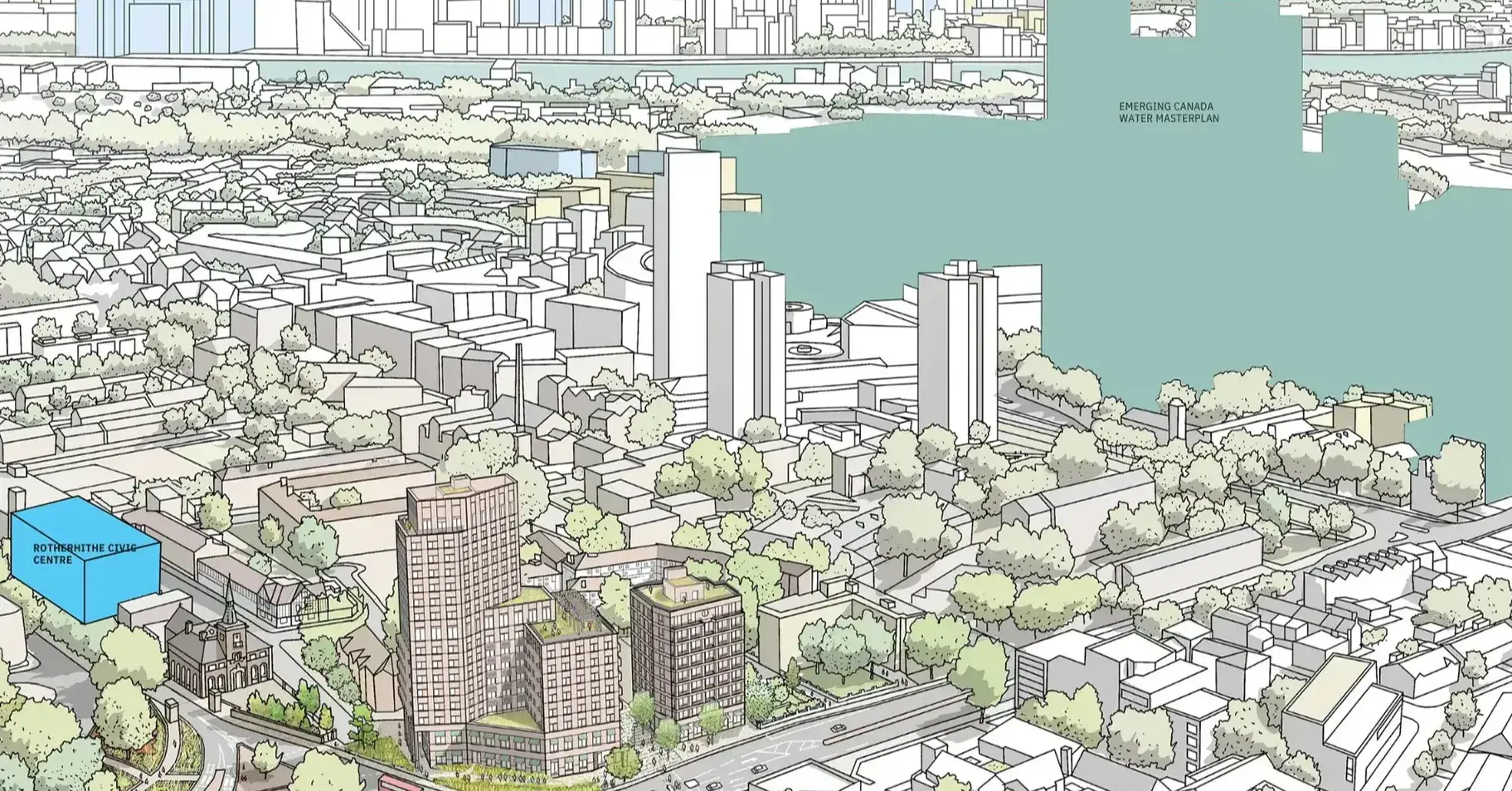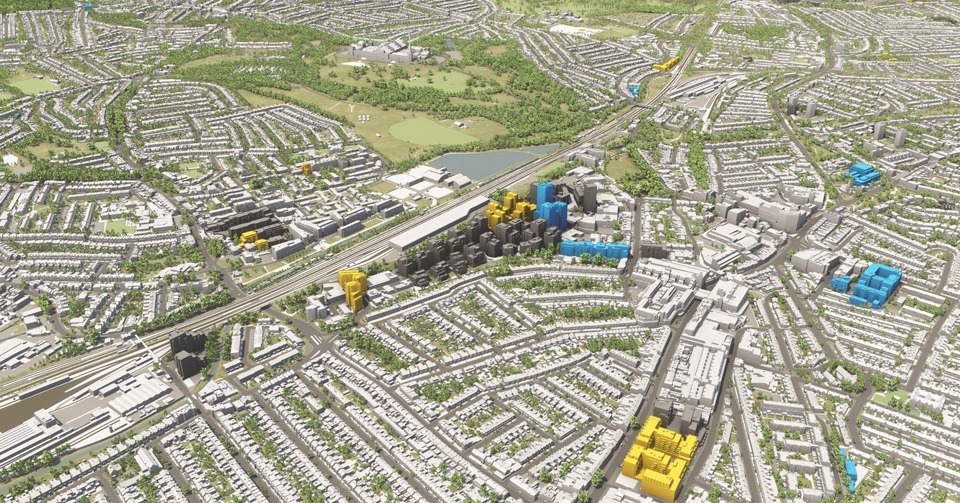What’s Missing in the Levelling Up and Regeneration Bill?
.jpg?width=1240&height=680&name=6329df31a2c44f1965b57aa7_Email%20Header%20Landscape%20(5).jpg)
It’s been a turbulent 18 months in the up-and-down world of planning reform. Since the Planning White Paper was released, watching the government’s approach to what changes we might see in the planning system was like following Ross and Rachel in an old episode of F.R.I.E.N.D.S.; the “will they, won’t they” speculation had us all on tenterhooks.
It’s fair to say that it’s been a pretty bumpy ride, with many of the original proposals completely pulled apart by industry experts. There has been plenty of disagreement on the proposals. Whilst other parts of the White Paper were hotly contested, everyone has agreed that digitisation should remain.
Fast forward to the unveiling of the Levelling Up and Regeneration Bill – commentators across the built environment had 338 pages of content to pore over and for digital innovators and the PropTech industry, there was good news and clarity that digitisation is here to stay.
The LURB (as it is now affectionately known) is paving the way to formalising how we approach digital transformation in the planning industry, introducing new digital powers.
Whilst there is no denying that this will get us on the right track, there is scope – and very good reason – to go further.
Focus should now be given to require data to be standardised, stored centrally, with set naming conventions, as well as geolocated and in a machine-readable format.
As it stands, one of the key challenges the PropTech industry faces is how we locate, digest and use information from the planning and wider built environment industries - and central to that is agreeing how data is stored.
Plenty of planning-related information is easily numerically codified and translated; the introduction of a central, national standardised data repository would mean that data is not siloed and that a digital system is future-proofed. As we seek further advancement of the benefits digitisation can bring, we need to ensure we are building a system for the future, where opportunities for efficiency can be fully exploited.
Given that we are on the precipice of the creation of national development management policies, now seems a sensible time to consider what this might look like and how we future-proof such policies being created.
We should also address the elephant(s) in the room, which at the time of writing, are Sunak and Truss shaped. There is no guarantee that this Bill will survive a change of leadership. As the Centre for Cities explores, whilst both candidates have committed themselves to the term “levelling up”, neither has thrown a ringing endorsement behind the current approach. Could this see our long-awaited LURB in trouble?
The political consultancy, Public First, has recently completed polling for centre-right thinktank Onward, which suggests it is relatively safe given the sentiment of the electorate. The results found that levelling up is one of Johnson’s most popular policies amongst Conservative voters – 81% wanted it to remain on the agenda.
Only time will tell, however, we implore the candidates to help the industry continue the good work that digitisation initiatives have allowed them to explore. Digitisation brings with it innovation, efficiency and opportunity. Mandating and standardising the requirement for data collection and storage could be transformative for the industry. There is the perfect opportunity now to ensure we are building the right foundations for a strong, resilient and digitally led system of the future.
VU.CITY Case Studies
See how leading built environment experts are using VU.CITY
Shape Tomorrow’s Cities, Today.
Begin Your Free Trial Now.

-1-1-1.png)


